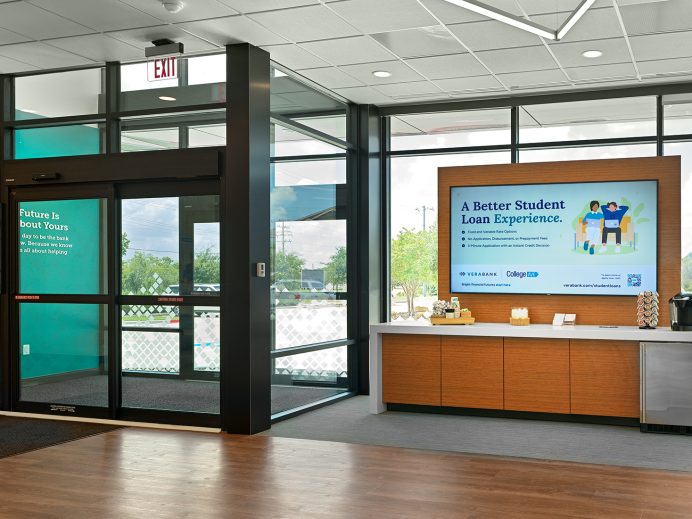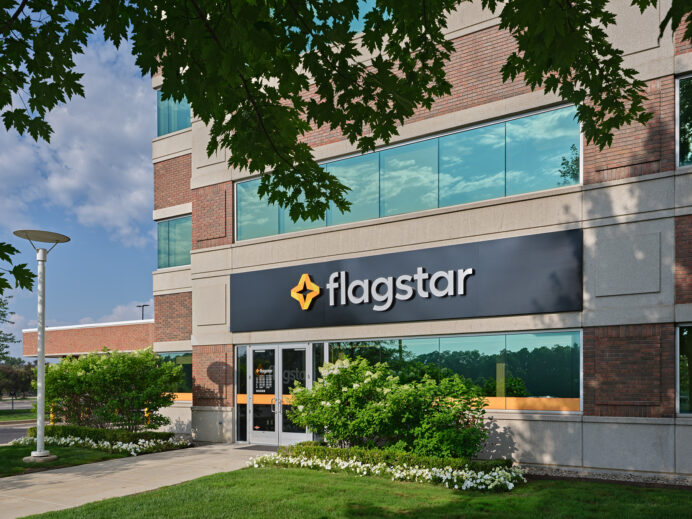Convergence or Divergence After M&A
How brand architecture defines the strength of the union in the multiple brand environment
Whether it’s financial, retail or healthcare, mergers and acquisitions have played a vital role in a brand’s survival strategy for today’s challenging consumer environment.
Often touted for their competitive advantage, a merger can deliver needed scale and scope to an organization, enhancing their future prospects. What may bring about abundant advantages in terms of goods and services and even operational efficiency can turn into distinct disadvantages for brands if their architecture is not purposefully built. Whether it’s a branded house, sub-brands, endorsed brands or house of brands, architecture defines how merged brands act and interact, both today and into the future.
Branded House
The singular approach to brand architecture is called a branded house. This is where all brand activity is organized under one parent brand umbrella. There may be individual brand designations for different product and service lines, but all roads lead back to the parent brand. With branded houses, there are no sub-brands that stand on their own. The benefits of this approach include very high brand equity, operational efficiencies, and little to no brand confusion. The biggest disadvantage to this approach is the high dependence on the parent brand’s reputation, meaning if the parent brand’s consumer standing takes a dive, so does everything that falls under it.
One particularly cogent example of the branded house structure is FedEx. With the logistics and transportation leader, there are designated service lines – FedEx Express, FedEx Ground, FedEx Office, etc. – that fall under the parent brand. While operating under different monikers, these designations all have a high dependence on their parent brand. If something goes awry with FedEx Ground, it will most decidedly affect all of FedEx. That’s because consumers think of the overall brand, not necessarily the service line – FedEx Ground. On the flip side, branded houses are some of the most efficient structures, because it’s easier to manage when there’s less brand individuality between designations.
Sub-Brands
Moving along the spectrum towards more separate brands, sub-brands augment and are connected to the parent brand, but have more defined and distinguished product and service lines than the branded house. With this brand architecture, the master brand is still primary and visually dominant among the suite of brands under it, yet sub-brands become more of a defined brand themselves. One big advantage of this approach is that the parent brand is still highly visible and consistent, showing scale and size and lending credibility to sub-brands. Disadvantages to this approach include dependence on the parent brand reputation, along with the operating expenses of managing multiple brands.
Virgin is a good example of sub-brand architecture. Their designated product and service lines stand for something that exist on their own, but are highly dependent on the Virgin parent brand for market relevance. Services like Virgin Atlantic, Virgin Mobile and Virgin Money represent the pervasiveness of the larger parent brand, but with a growing roster of distinctive offerings. Without the Virgin name, these brands would be meaningless – Atlantic, Mobile and Money – but with their Virgin connection, they are extensions of Richard Branson’s expansive vision for his growing empire. With diversification at its core, each of the Virgin brands seeks to make inroads into different industries.
Endorsed Brands
With the endorsed brand structure, brands and their products are sanctioned by the parent. These individual brands collectively take on greater market presence than their parent brand alone and represent something distinct under the parent’s banner. The parent’s endorsement denotes a certain level of expected delivery, but does not dictate each endorsed brand’s actions. The advantages include a unique brand promise, individual brands prioritized for faster market penetration, and quality assurance inherited from the parent brand. Disadvantages include the potential dilution of the parent brand, negative spillover from other brands and inefficiencies inherent in multiple brand management.
Marriott is the textbook example of the endorsed brand architecture. With distinctive hotel offerings from Courtyard, Fairfield and Residence Inn, the Marriott brand sits in the background but its endorsement is consistent and prominent to each individual hotel brand. If the parent brand’s presence is continuous, why not name all of these properties simply “Marriott”? Like most endorsed brand models, the individual brands here have distinct brand promises and reach different target audiences. Residence Inn, for example, targets travelers with extended stay needs, whereas Courtyard is designed for business travelers, but also caters to families.
House of Brands
Finally, the house of brands model has one parent company over a series of stand-alone, disconnected brands. With this structure, most consumers are often not even aware of the individual brand’s affiliation with the parent. The advantages of this approach include maximum market penetration with separate market segments and distinct brand promises and reputations, which helps avoid negative spillover from other brands under the parent’s banner. However, this model is the most operationally inefficient as it can contain hundreds of individual brands to manage. Further, without a parent’s presence, each brand is often commoditized and can have weaker consumer brand loyalty.
One of the most wide-ranging house of brands is Procter & Gamble. The company is home to personal care, home and hygiene products across numerous consumer segments. This structure boasts one common parent company, but the individual brands are in no way connected. If something happens with the Tide, for example, consumers don’t take it out on Olay. P&G is a powerful example of the house of brands strategy of aiming specific products at specific audience segments and not having to contend with interference from other P&G brands. However, the company’s operating costs are through the roof thanks to its wildly disparate products and robust branding around each one.
Inform M&A decision making, mitigate brand risks, and guide efficient integration with these M&A questions, insights, and case studies of banking brands that have successfully grown through M&A.








